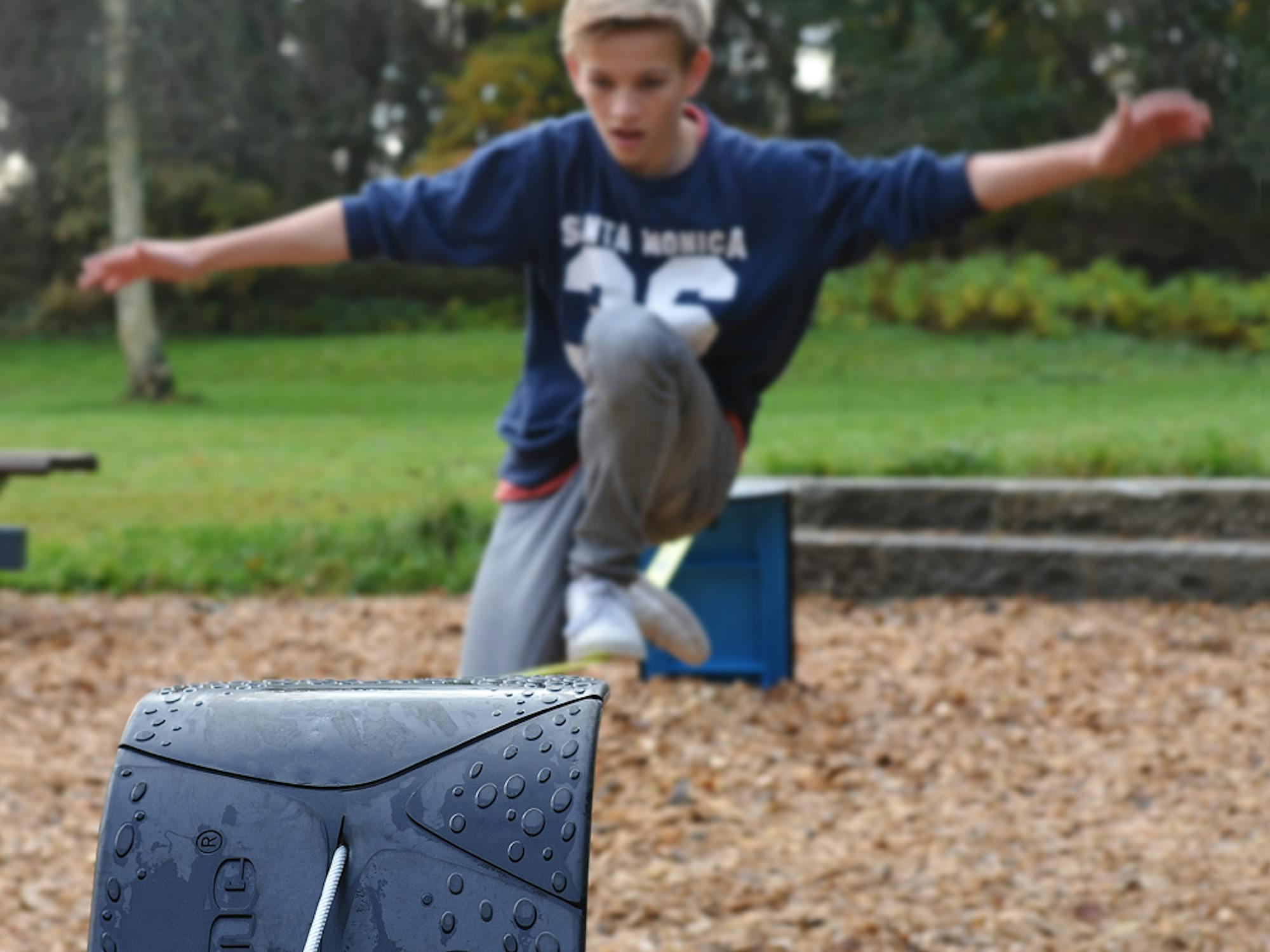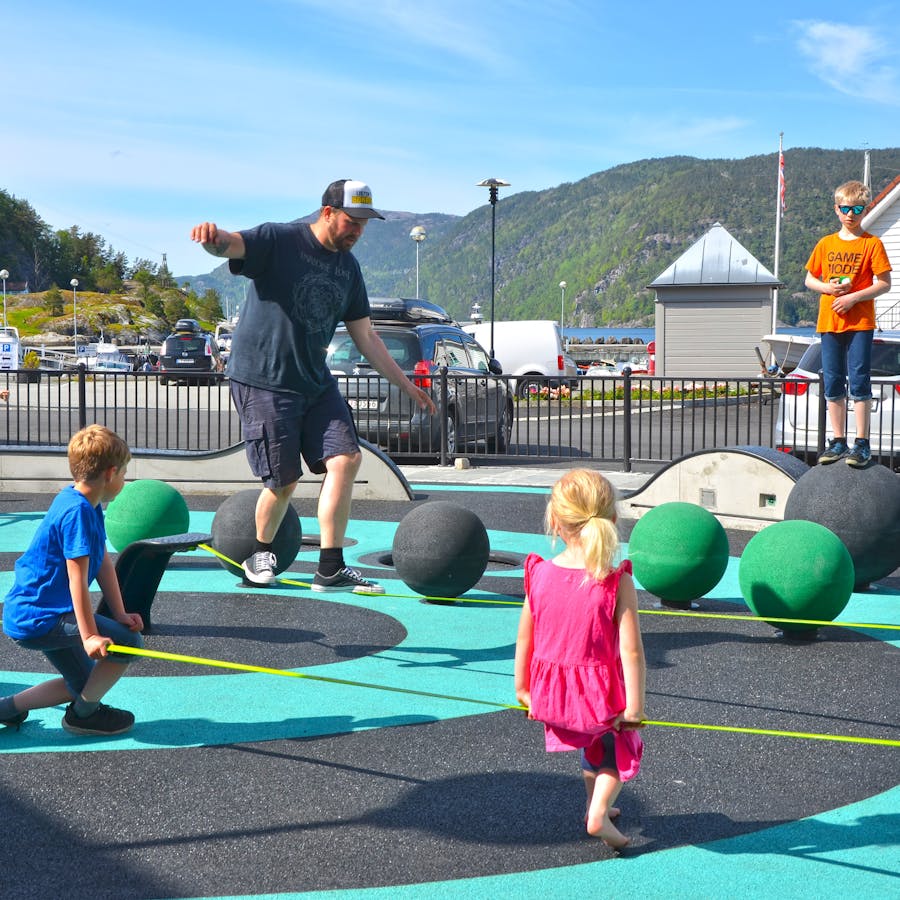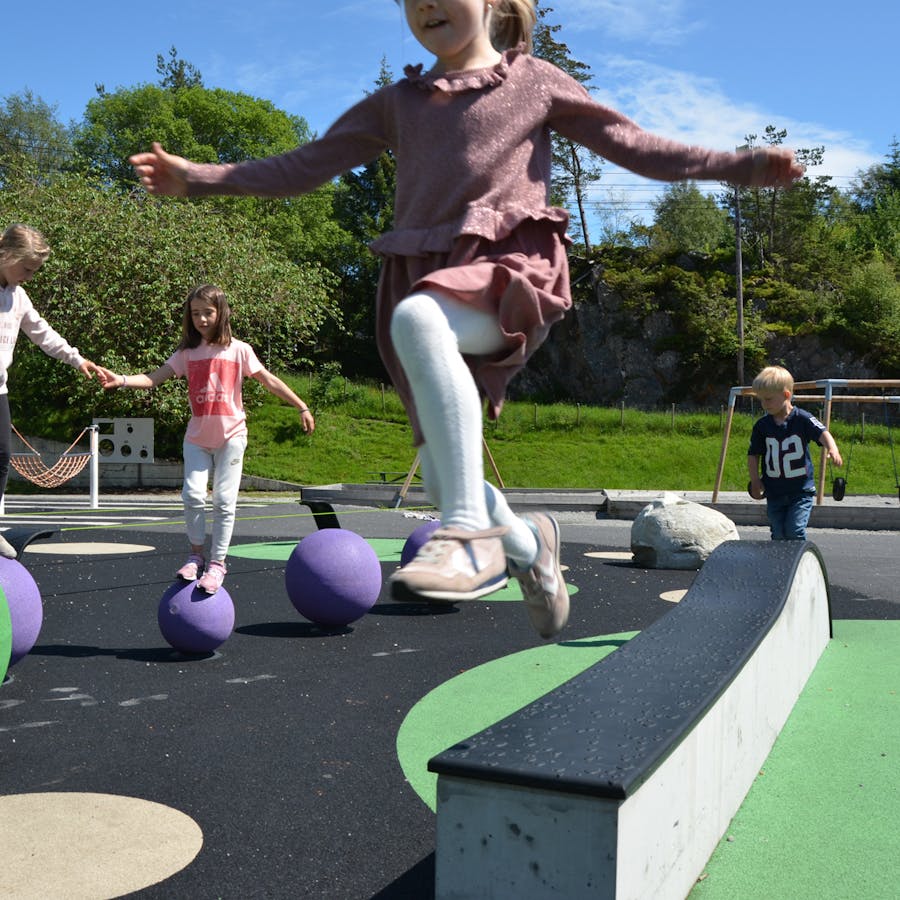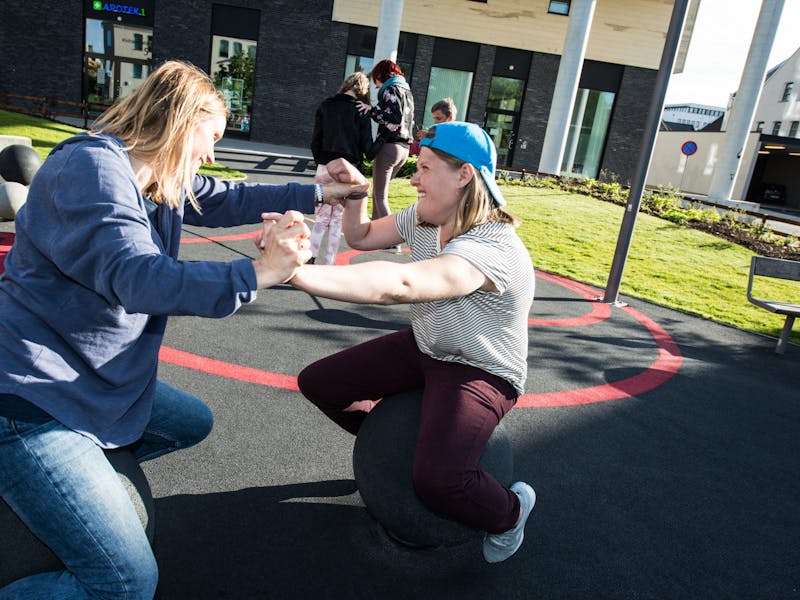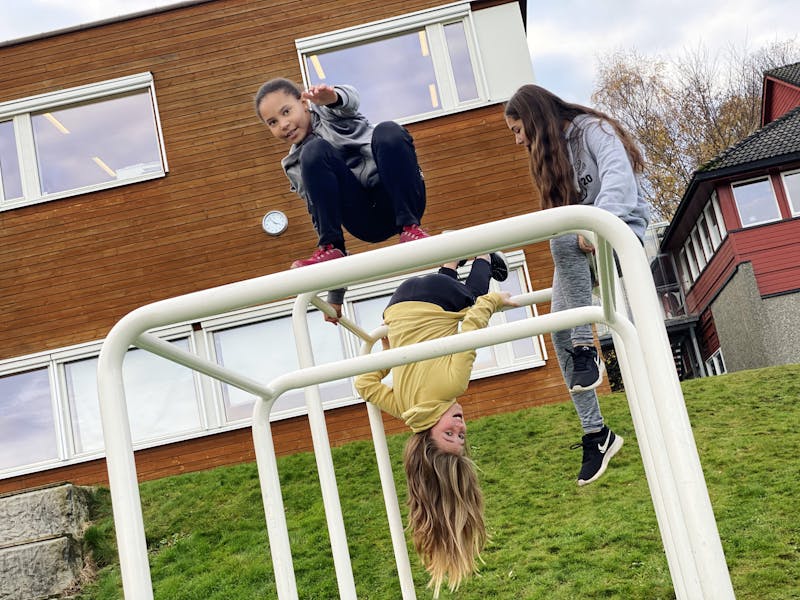Why you should train your balance
Many of us remember vividly the very moment when we suddenly managed to keep the balance on a bike. From being dependent on support wheels or dad’s steady hand, we suddenly cycle all by ourselves. The strange thing is that afterwards we bike around as if it was the most natural thing ever. Full of now-gained self-confidence, we are completely unable to comprehend why it should be so difficult to learn.
CHALLENGING the BALANCE IS An excellent exercise FOR our BRAIN.
But in retrospect we can actually be happy that we went through all the training, trials and scratched knees to finally be able to ride a bike. Because challenging yourself to balance is an excellent exercise for the brain. This means, among other things, that we must constantly use our neurological networks to coordinate head and body. It stimulates our ability to remember, think and concentrate.

This is the balance
It is the so-called vestibular system located in the inner ear, which has the main responsibility for our ability to balance. The signals from the vestibular system and signals from muscles, joints and vision are processed in a part of the brain called the cerebellum, near the spine.
How important the balance is for us in everyday life becomes clear if one were to be so unlucky to be affected by “crystal disease”, where calcium crystals in the inner ear becomes loose, which can result in severe dizziness.

Why EVERYONE SHOULD DO BALANCE TRAINING
- Good balance is an great advantage in all sports and athletics
- It strengthens self-confidence in your own physical abilities.
- Rapid progress gives a good feeling of mastery
- The training effectively strengthens various support muscles. It provides good posture and prevents a number of injuries and problems with eg back and knees.
- It is good exercise for your ability to concentrate.
- It stimulates your cognitive development, strengthens memory and your spatial thinking.
- Balance ability is impaired if it is not used regularly.
The balance can be trained to an astonishing level, but it is worth remembering that if you do not stimulate it continuously, it will weaken with age. Without exercise, you will normally be able to stand on one foot for a much shorter time when you are 70 than you could as a 50-year-old. When you think about the consequences for the elderly of, for example, slipping on the ice, it goes without saying how important it is to train your balance throughout life.
THE BENEFITS OF a GOOD BALANCE
A nice football or hockey feint requires balance. Moving effectively on a tennis court requires balance. It is a great advantage in almost all sports, and not least good balance gives children and young people the confidence to give new sports a try. Balance training is also important for injury prevention, such as to avoid cruciate ligament injuries in handball players.

BALANCE TRAINING PROVIDES GOOD posture AND PREVENTS BACK AND NECK PROBLEMS.
But balance training is not just for those who do sports. It effectively strengthens the body’s support muscles, which provides good posture and prevents back and neck problems. For a school student who is not otherwise among the most physically active, balance training can help to make it easier to sit up straight during school lessons and concentrate.
PHYSICAL ACTIVITY AND COGNITIVE DEVELOPMENT
The link between physical activity, motor development and cognitive development is well documented. In fact, movement is so important that it can be said to be the engine of brain development. Already in mother’s womb, kicking and reflex movements are what make the child’s immature brain begin to develop. This continues after the child is born, when the first year is much about learning to walk.
This explains how children who are physically active, and who develop their physical and motor skills, get a number of positive cognitive effects at the same time. The motor and cognitive development takes place in parallel in the child’s brain, but the positive effects of physical activity on our mental capacity are there throughout the rest of our lives.
Focused BALANCE TRAINING
Anyone who has tried balancing a slackline with trembling legs knows that it requires their full concentration. That’s precisely why it’s good concentration training. The ability to focus is something a child or youth can aquire through balancing, and then later transfer the skill to the classroom. Demanding balance activities like slacklining also provide an intense stimulus to the brain’s motor and balance systems, and it’s actually possible to visually detect differences in the brain in people who do a lot of balance training.
Research published in the scientific journal Nature has shown that focused balance training has an effect on our cognitive ability. The study showed that after 12 weeks of balance training, one could measure clear improvements in both memory and spatial thinking.
TRAINING needs to BE FUN
We know that physical activity and balance training have so many positive effects, but how do we get children and young people to do it voluntarily? Rampline motor skill park concept is developed with the aim to make the motor skill park inviting for everyone, at every level. The threshold for trying out the devices should be low, but it should also be challenging enough to make sure you do not outgrow the park as your skills improve. We have seen that Rampline’s motor skill parks is popular and much in use. They become gathering places for users of all ages, regardless of skill and function level. And very few give up with one try. It is not uncommon to see children and adults trying again and again, clearly dedicated to master the challenge.
Rampline designs motor skill parks for exciting and fun balance training.
READ MORE:
Some of Rampline’s motor skill park projects.
Motor skill park samples
Activity equipment
